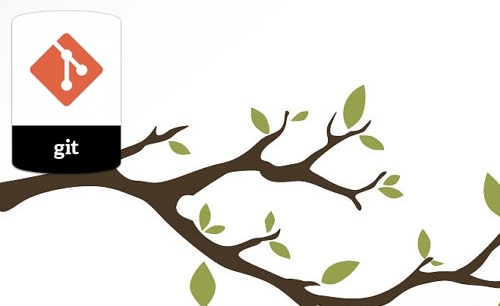Merging two, three or more git repositories keeping the log history
 If you ask anyone, merging several git
repositories into a single one would usually be considered a
bad strategy: as a rule of thumb, your code base should have
several components isolated and then use a dependency manager
(e.g: Composer) to
bring them together.
If you ask anyone, merging several git
repositories into a single one would usually be considered a
bad strategy: as a rule of thumb, your code base should have
several components isolated and then use a dependency manager
(e.g: Composer) to
bring them together.
Nevertheless, there are always many different scenarios and with them come different use cases, weird situations or just plain normal activities that would justify this procedure. In any case if you ever need to merge several repos into one, and still want to keep the git history this is an easy way to do it.
The following technique is not rocket science and it's based in the simple addition of remotes and branch merging. If you expected something fancier I am sorry to tell you you'll find this boring.
Assumptions
- You have two, three (or N) repositories you want to merge inside a single (new) one.
- All the commit history of the three will be kept and browseable in the new one
- You want to merge everything in an empty repo named
repository-all-merged -
repository,repository2andrepository3are the ones you want to glue together - Every merged repo will end-up inside a new folder, wherever it is. If you do not want this, just skip the early steps.
- The
masterbranch or any others will be present in the new repo as well.
Preparing the repositories
As we said, we are going to put every repo in a different folder inside the new one. This is what you need to do (you can copy sequentially the commands writing the right paths):
Create a new directory and clone everything inside. The final repo and the existing ones. E.g:
mkdir ~/all_repos_merged cd all_repos_merged git clone git@bitbucket.org:alombarte/repository-all-merged.git git clone git@bitbucket.org:alombarte/repository.git git clone git@bitbucket.org:alombarte/repository2.git git clone git@bitbucket.org:alombarte/repository3.git
Now go to the first repository you want to import and create a
new folder, and git-move all the content inside. The folder
structure you create now is the folder you'll see in the merged
repo. In the following example this first repo would appear under
the path/to/repository folder.
cd repository/ mkdir -p path/to/repository git mv -k * path/to/repository/ git commit -m "Merging repositories like a boss"
Note that the -k flag ignores errors such as moving
the newly created folder to itself. Before moving on with the
next operation you might want to check that you don't have in
each repos conflicting files, such as the
.gitignore. You can delete those files and restore
them later or you just fix the conflicts when they arise (edit
the file, git add and then git commit:
conflict solved).
Now we prepare the second, third, forth... repository. Repeat the same N more times:
cd ../repository2/
mkdir -p path/to/repository2
git mv -k * path/to/repository2/
git commit -m "Merging repositories like a boss"
cd ../repository3/
mkdir -p path/to/repository3
git mv -k * path/to/repository3/
git commit -m "Merging repositories like a boss"
CAUTION: You should never PUSH this changes to origin.
Commits are local in your computer and remember you want a new repo, not mess around with the existing ones.
Now the three repos are "ready". Meaning they are all inside a new folder and content is not mixed.
Merging all the repos together in the new one
Next steps are having the just prepared repositories available for importing code in the final repository. With git you can reference any other external repository with the "remotes".
Go to the final repo:
cd ../repository-all-merged/
Add all the remotes for merging named repository,
repository2, repository3... Note that
although being a "remote" this repos are the ones you cloned in
your local computer:
git remote add repository ~/all_repos_merged/repository
git remote add repository2 ~/all_repos_merged/repository2/
git remote add repository3 ~/all_repos_merged/repository3/
And this is the moment when we actually bring the changes to the final repo:
git checkout master
git pull repository master
Now we have in the master branch all the changes of
repository/master branch. Conflicts might arise at
this point (specially if you didn't do anything with the
gitignore), but fixing them is as easy as:
vi .gitignore
git add .gitignore
git commit
And repeat for every other repo:
git pull repository2 master
git pull repository3 master
...
Check that everything is in place:
git log --oneline --graph --decorate --all
The repository-all-merged contains now all the code
with all the history of the master branches. If you
for instance need to import more branches it would be as easy as:
git checkout another_branch git pull repositoryN another_branch
If this merged repo has a remote, you can clean and push it now:
git remote rm repository git remote rm repository2 git remote rm repository3 git push
The rest of the repositories can be deleted, so you don't push by mistake later on.